Ad Law Reading Room: “The Public Law of Public Utilities,” by Joshua Macey and Brian Richardson
Today’s Ad Law Reading Room entry is “The Public Law of Public Utilities,” by Joshua Macey and Brian Richardson, which is forthcoming in the Yale Journal on Regulation. Here is the abstract:
This Article describes the constitutional history of public utility regulation to make sense of apparent puzzles and inconsistencies in modern administrative law. First, we show that utilities’ special constitutional right to challenge regulations on substantive due process grounds is based on a public-private distinction that courts have otherwise rejected. Second, we argue that modern efforts to invoke Article III to restrict agency adjudication do not reflect a consistent understanding of the public-private distinction, but instead revive the distinction in some contexts (adjudication) but not others (rulemaking). Third, we provide a new framework for understanding the Supreme Court’s turn to structural arguments to check administrative agencies. On the last point: for nearly five decades prior to 1935, courts used rights-based arguments, not structural ones such as the nondelegation doctrine, to deduce the scope of the legislative, executive, and judicial powers. Once the Supreme Court abandoned its freedom-of-contract jurisprudence, it was a public-utility case that breathed new life into the nondelegation doctrine. Public utilities were a natural battle ground for reshaping the public law of administration. Like today, private rights, delegation, and agency adjudication were all central preoccupations of this public-utility moment, but the frameworks courts advanced to answer these puzzles have vanished from our modern debate. Today’s administrative law thus reflects an ad hoc revival of public-utility legal concepts, and it reinvents these concepts such that they bear little resemblance to their public-utility genealogy.
The last several years have seen a resurgence of interest in the public utility, a concept that was once central to American law. In this fascinating study, Macey and Richardson tell the story of the public-utility period through close attention to the cases that shaped it. What emerges is a complex picture that destabilizes our thinking about current categories. Particularly interesting is the article’s description of how modern separation-of-powers jurisprudence emerged as a more pro-regulatory alternative to the rights- and property-based framework it replaced. If public utilities are your jam, or even if they’re not, this article is well worth a look.
The Ad Law Reading Room is a recurring feature that highlights recent scholarship in administrative law and related fields. You can find all posts in the series here.



